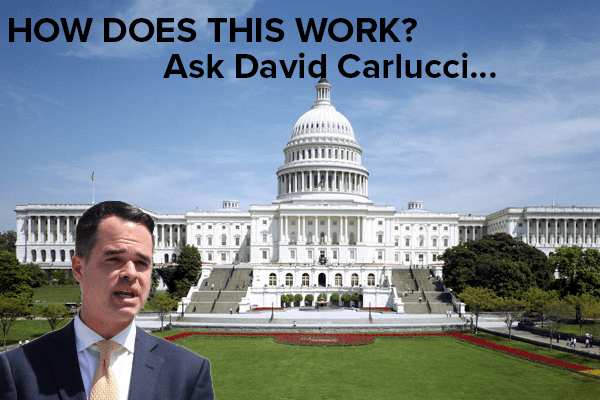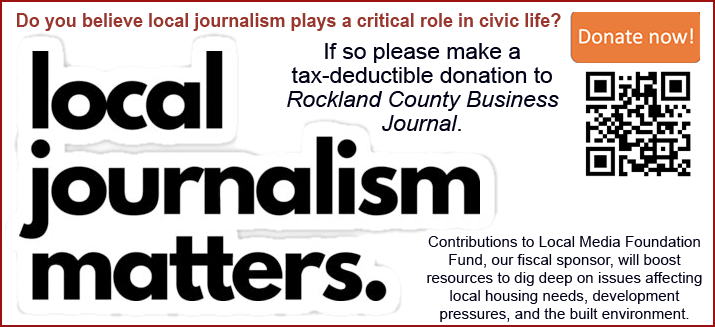|
RCBJ-Audible (Listen For Free)
|
Furloughed Employees And Closed Agencies, Some Mandatory Spending Is Unaffected
By David Carlucci
 A government shutdown happens when Congress fails to pass enough funding bills or temporary stopgap measures by the start of the fiscal year. Without an approved budget or Continuing Resolution (CR), large parts of the federal government have to stop operating, furloughing hundreds of thousands of employees and pausing many public services.
A government shutdown happens when Congress fails to pass enough funding bills or temporary stopgap measures by the start of the fiscal year. Without an approved budget or Continuing Resolution (CR), large parts of the federal government have to stop operating, furloughing hundreds of thousands of employees and pausing many public services.
In 2025, approximately 750,000 federal workers face furlough each day the government remains closed—losing about $400 million in daily wages. That’s roughly one-third of the federal workforce, a staggering number impacting families and local economies across the country.
Some employees, such as active military members, law enforcement, air traffic controllers, and essential Social Security staff, continue working, but often without immediate pay until the shutdown ends. Programs funded by mandatory spending, like Social Security and Medicare, generally continue paying benefits. Still, customer service and new applications experience serious delays.
This shutdown differs from previous ones, including the longest in 2018-2019. Back then, Congress passed many temporary funding bills (CRs) that kept most government operations afloat. This time, fewer CRs were passed, leaving more agencies completely unfunded and forcing larger numbers of workers to stop working immediately.
The broader reach and immediate funding shortfalls create heightened uncertainty for government workers and Americans who depend on public services. While politicians negotiate, everyday people face furloughs, service interruptions, and economic strain—making the effects of this shutdown all too real.
David Carlucci consults organizations on navigating government and securing funding. He served for ten years in the New York Senate.













